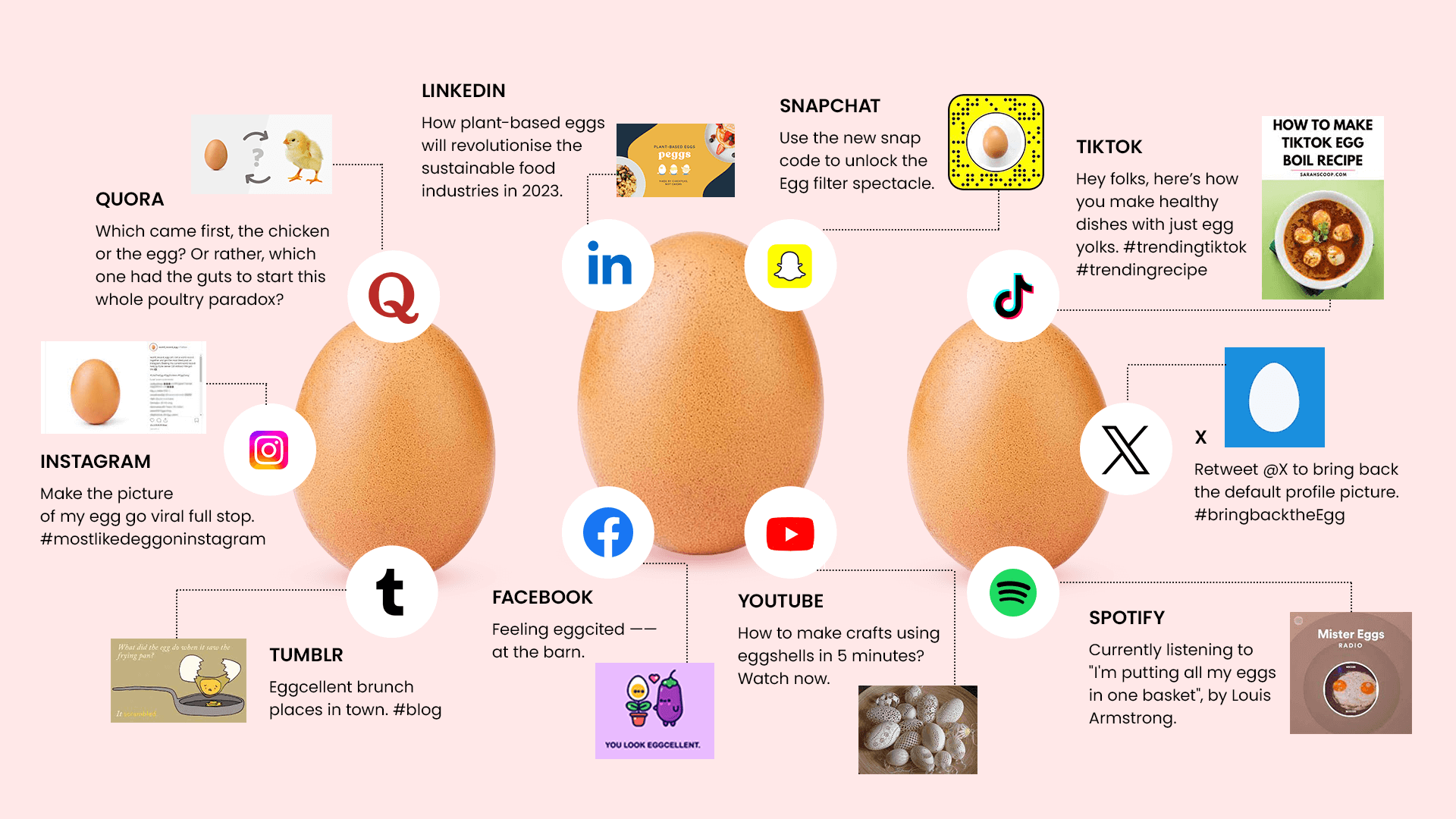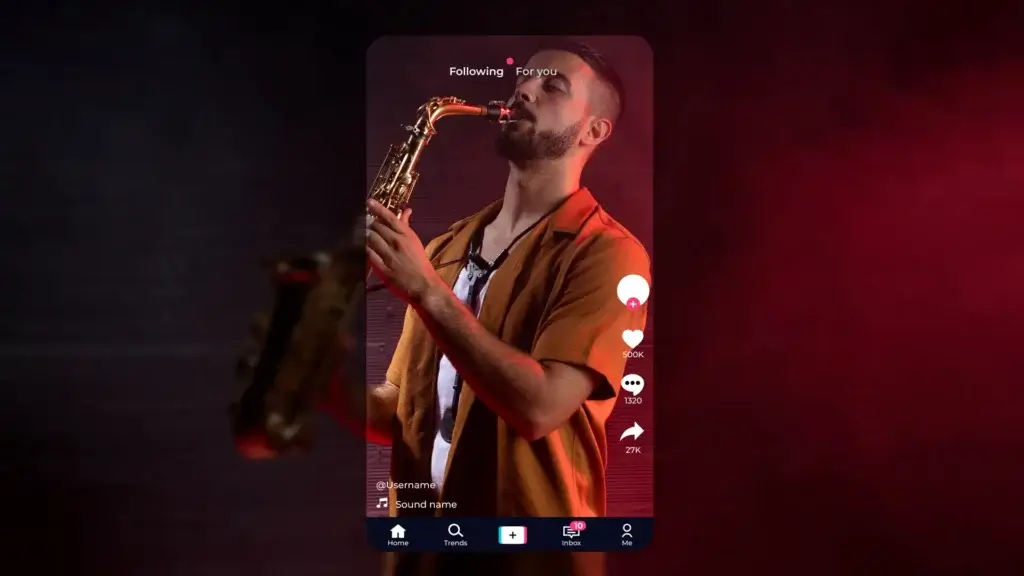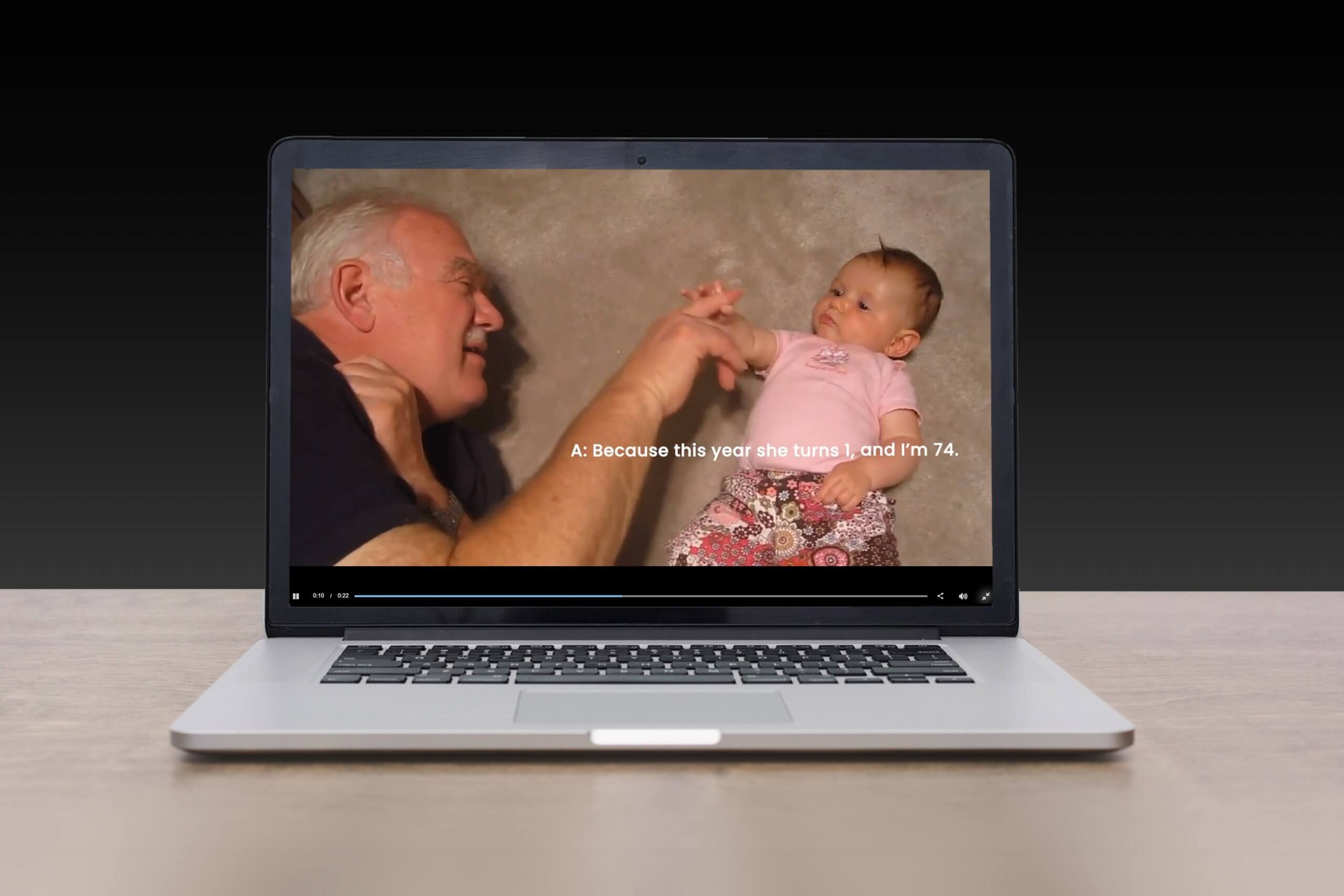Diversifying Social Media Content for Success

Skyrocket your online brand visibility with these tips on diversifying your social media content. This blog unveils the power of strategic content diversification that can propel your brand’s reach to new heights.
1. Social Media Marketing is the best form of Content Marketing!

The social media user count will increase to 6 billion by 2027. According to a report by Statistica, the average person spends 151 minutes per day on social media as of July 2023.
In today’s digital landscape, audiences are inundated with myriad information. When it comes to social media platforms, bombarding your audience with endless pages of detailed product descriptions is the last thing they want!
2. The Real Question: What format to follow?
According to Forbes Advisor, the average user’s digital footprint is spread across 6-7 platforms, increasing the adoption of a multi-platform app.
So, to truly mesmerise your target audience, it is essential to adapt content styles based on the trends of social media platforms.
3. Don’t put all your eggs in one basket!

Use a content diversification strategy. It involves publishing micro-content in different formats accompanied by a clear call to action. By doing so, you can entice them to read the complete content on your website.
This approach allows you to seamlessly maintain consistency, generate traffic and leap into the pool of customer data. You can proceed by leveraging optimised content in underperforming channels and strengthening your audience based on outcomes.
4. Identifying Channel Trends
Before altering your content, a clear understanding of social channel trends is required. To embark on your image post-creation journey, start by meticulously assessing social media platforms that offer optimal visibility based on your target audience, emerging trends, and user statistics.
5. Content Style
Now imagine you own an egg production company and are looking to stay relevant to your target audience through social media content marketing
Here is how you can create catchy content by using the right keywords related to your business.
-
Instagram: Make the picture of my egg go viral #mostlikedeggoninstagram

As per a recent survey, Instagram is the No.1 platform for brand discovery. You can grow your community with expressive storytelling incorporated into short-form reels, image posts, 24-hour stories and live streaming.
-
Facebook: Feeling eggcited —— at the barn
Facebook is a prime example of a top-rated platform that excels at catering to an audience seeking entertainment and information through captivating visual content. The market leader has over 2.9 billion users, as per Statista.
-
Quora: Which came first, the chicken or the egg? Or rather, which one had the guts to start this whole poultry paradox?
By crafting interactive Q&A style pieces, you can create content that resonates with Quora’s community. However, the catch here is that direct promotional posts go against guidelines. So keep in mind to use a conversational tone.
-
LinkedIn: How plant-based eggs will revolutionise the sustainable food industry in 2023
Linkedin is a niche platform for professional articles. Publish long-form articles with valuable infographics, industry analysis, or expert advice and gain 2X conversion rates.
-
YouTube: How to make art and crafts using eggshells in 5 minutes? Watch now
By creating tutorials and how-to videos, advertisers can reach 2.527 billion users, as per insights from datareportal. Create videos that demonstrate the usage of your products or offer guidance in relevant areas.
-
TikTok: Hey folks, here’s how you make healthy dishes with just egg yolks #trendingtiktok #trendingrecipe
Participate in popular TikTok challenges to showcase your brand’s creativity. Nearly 92% take action after watching TikTok videos.
Create duets or react to user-generated content related to your brand.
-
Spotify: Currently listening to “How’d ya like your eggs in the Morning” by Dean Martin
Spotify audio ads drove +14% attention compared to the average platform time. You can create podcast ads, Sponsored Playlists, and sponsored branded moments.
-
X: Retweet @X to bring back the default profile picture #bringbacktheEgg

Update threads and share concise texts that spark conversation. Remember, discussions, not controversies! Go ahead and be generous in adding GIFs and memes.
6. The best ads are ads that don’t even seem like ads!
Yes, you heard it right! The most effective ads seamlessly blend with content, building brand awareness, value, engagement, and loyalty. Brands like Apple and Nike achieve this by creating content centred on their brand values.
Nike celebrates athletes, and Apple revolves around user experience. As Steve Jobs said, “Marketing is about Values.”
The secret lies in connecting content with your brand’s core values.
7. Add humour with relatability
The key is to balance delivering information and keeping your audience entertained across multiple social media platforms.
Remember, content does not have to be mere information; it is best effective when entertaining, uplifting, or simply sharing moments of joy.
By diversifying your content and infusing it with authenticity, relatability, and humour, you are all set with a winning formula to conquer the digital world.
Embrace Diversification to Stay Ahead of the Curve
Key Takeaways
- Always stay active and never stand still on social media channels.
- Experiment with new platforms to avoid reliance on a particular channel
- Ensure to prepare and schedule updates for special holidays ahead of time
- Customise post format as per channel dynamics
- Post polls or insightful quotes regularly
- Use insights and stats to assess the engagement rate
- Balance is Key: Keep the content knowledgeable and entertaining
- Respond with comments, reposts, reactions and DMs
- Link the content to your brand values
- Add playful visuals with a touch of humour















 Branding
Branding Digital Strategy
Digital Strategy PR & Communications
PR & Communications